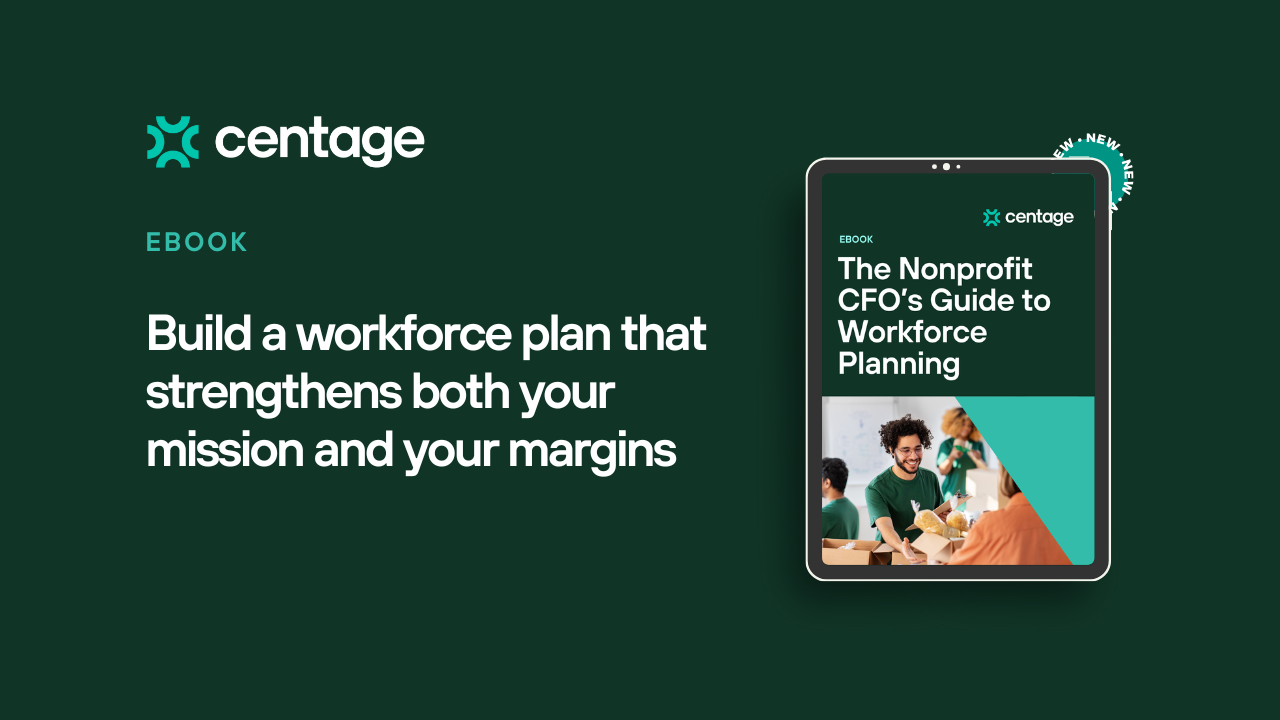How to Navigate Cash Flow Gaps in Healthcare Grant Funding
Forecasting the Invisible: How to Navigate Cash Flow Gaps in Healthcare Grant Funding
If you're managing finances in a healthcare organization that depends on grant funding—Medicaid, Medicare, HRSA—you already know the drill.
The money will come. But the real question is: when?
And in finance, the “when” is everything.
The Lag That Can Break a Budget
Most healthcare orgs forecast revenue like it’s guaranteed to arrive when expected. But reality says otherwise.
According to the National Library of Medicine, reimbursement delays can range anywhere from 37 to 115 days—with the median lag sitting at a painful 68 days. That’s more than two months where your books show revenue that doesn’t actually exist in your bank account.
This mismatch creates a liquidity mirage—making it look like you’re fine when, in reality, you might be just weeks away from a cash crunch.
Real Consequences, Not Just Inconveniences
This isn’t just a budgeting hiccup. Cash flow gaps tied to reimbursement delays can lead to:
- Tapping into reserves earlier than planned
- Delaying vendor payments
- Halting hiring or expansion plans
- Worst case? Cutting back on services patients rely on
The Wall Street Journal recently reported that some hospitals had to lay off staff and halt facility growth—not because of demand issues, but because delayed Medicaid payments threw their operating cash out of balance.

Most Budgets Miss the Mark
Here’s the problem: too many finance teams create budgets that assume revenue and reimbursements align with the delivery of care.
Example: If you provided Medicaid-covered services in January, but don’t get paid until March, and your model doesn’t account for that—your forecast is broken before the year even starts.
Budgets built on accrual timing without modeling reimbursement lag show a dangerously optimistic view of cash on hand.
The Cure: Model Reimbursement Timing Into Your Forecast
To avoid that trap, finance teams need to build reimbursement timing rules directly into their cash flow models.
Start by modeling your baseline using the average lag (68 days). Then create a downside and upside version:
- Conservative case: Add 15–30 days of delay
- Aggressive case: Subtract 15–30 days for faster-than-average cycles
This range of scenarios helps you prepare—not react—when timelines shift.
Scenario Planning = Financial Control
This is where modern forecasting tools shine. Let’s say:
- A grant is delayed by 30 days
- A disbursement arrives 10% short
- HRSA changes their quarterly payment schedule
With flexible planning, you can quickly adjust your forecast, assess impact, and take early action—whether that’s pulling from a credit line, slowing spend, or adjusting hiring plans.
Scenario planning turns uncertainty into agility. And for finance teams in healthcare, that’s a superpower.

Forecasting Isn’t Just About Expenses
A common mistake is treating forecasting like it’s just an expense management exercise. In healthcare, forecasting is more about timing revenue accurately than tracking spend.
Because when your revenue arrives months after your costs hit, your financial health isn’t just about how much you spend—it’s about whether you have enough cash to float that gap.
Reimbursement-based models make cash flow forecasting a strategic function, not just an operational one.
Cash Visibility = Mission Resilience
In healthcare, mission and money are deeply intertwined. When financial plans don’t account for reimbursement lags, it can lead to delays in patient care, overworked staff, and broken trust.
Building smarter forecasting models with built-in lag assumptions doesn’t just protect the bottom line—it protects the mission.
If you’re still budgeting based on expected totals instead of payment timing, it’s time to rethink your model. Your future self (and your patients) will thank you.
Want to learn how Centage helps healthcare organizations model revenue timing, stress-test scenarios, and stay cash-ready?
👉 Talk to our team today for a personalized demo.
FAQs: Cash Flow Forecasting in Healthcare Grant Funding
1. Why do healthcare organizations face cash flow gaps with grant funding?
Cash flow gaps often occur because reimbursements from Medicaid, Medicare, or HRSA take weeks—or even months—to arrive after services are delivered. According to industry data, the median delay is around 68 days. During this lag, your books may show revenue you haven’t actually received, creating a false sense of liquidity.
2. How can reimbursement delays impact hospital or clinic operations?
Delayed payments can force healthcare organizations to tap reserves early, postpone vendor payments, freeze hiring, or in severe cases, cut essential patient services. Even financially healthy organizations can experience disruption if cash inflows don’t align with operating costs.
3. What is the best way to forecast cash flow when reimbursements are delayed?
The most effective method is to model reimbursement lag directly into your cash flow forecasts. Build scenarios that include a baseline (average delay), a conservative case (longer delays), and an aggressive case (faster payments). This helps you prepare for a range of outcomes and act proactively.
4. Why is scenario planning important for healthcare finance teams?
Scenario planning allows finance leaders to quickly adjust their forecasts if payment schedules shift, grant disbursements are short, or policy changes occur. Instead of reacting to a cash crunch, teams can take early action—such as delaying capital spend or adjusting staffing—without jeopardizing patient care.
5. How can modern FP&A tools improve healthcare cash flow forecasting?
Modern financial planning platforms like Centage integrate reimbursement timing rules, automate scenario analysis, and provide real-time visibility into cash positions. This reduces manual spreadsheet work, improves forecast accuracy, and helps healthcare organizations protect both their financial stability and patient mission.
Keep reading...
Interviews, tips, guides, industry best practices, and news.


